How to Get the Most Out of Your Longarm: Maximize Fun & Productivity

You invested in a longarm and are loving the quilts you are quilting. Your investment is not a one-trick pony, however — there’s more to it than just the quilting stitch. So I’m here to show you how to get the most out of your longarm! I am part of a special interest group of Studio Art Quilt Associates members who has been ‘pushing the envelope’ in what longarm machines can do.
Members of the group have been experimenting with using this tool for thread sketching and thread painting, embellishments, appliqué, felting, and even fusing, piecing, and binding. So what exactly makes longarms so special? Well, longarm machines can hold a blank background still and flat while you draw or thread sketch to create designs.

You can even combine multiple techniques to create one-of-a-kind fabric you can use for a wide variety of projects — art quilts, gifts, soft sculpture — all made from your uniquely created, artful fabric. Lately, I’ve been working on a quick, easy, and creative way to use all those special scraps in my studio: fabric, yarn, ribbon, threads, and other ‘bits’ I’ve been saving for the perfect project.
Subscribe to Quilting Arts Magazine so you don’t miss any great quilt patterns, inspiration, and articles like this one!
Longarm Envy
If you don’t own a longarm machine, you can probably still access one. Some quilt shops rent time on their machines. Other resources may include a local makers space, museum or art society, or even a public library. Seek and ye shall find. The technique I describe is easy and fast—coupled with basic longarm knowledge, you can create yards of original fabric in one rental session.

Alternatively, what could be more fun than sharing a friend’s longarm to turn your combined scraps into artful fabric together? Or, perhaps, now is the time for you to consider owning a longarm yourself. Often, folks are concerned about the space a longarm might take up in their studios. The good news is, longarm technology comes in many sizes. Many are now available in a 5′ width and some can even be ordered by the foot to fit your available space.
Materials
✓
Cotton fabrics for background and backing
✓
Flannel for the middle layer (I prefer this to batting, which I find too thick for this project.)
✓
Polyester tulle (I use black bridal tulle. Do not use nylon tulle, which will melt when pressed.)
✓
Scraps of fabric, trim, yarn, thread, ribbon, etc.
Directions
1
Collect scraps of any size, shape, or fiber content that can be steam pressed.
Tip: If the scraps are very wrinkled, a quick press helps but is not required. The tulle, once stitched down, will hold even the most wrinkled items very flat. (Figure 1)

2
Sort the scraps into a general color scheme such as pastels, jewel tones, or mixed.
3
Consider what you plan to do with this new fabric. Will it become an art quilt background, a sculpture, gifts? Do you need other items such as a polyester zipper, ribbon, buttons, etc.?
Tip: Consider the size of the finished product and how the scale of the scraps will work. Cut them into smaller pieces if needed. If you want to make a sculpture, consider a moldable filler instead of batting or flannel.
4
Choose the background. The scraps used in this sample were mostly hand-dyed and sparkly jewel-tones, so a black background offered the most contrast and zing.
5
Take advantage of the space and time-saving the longarm provides by loading on at least a yard or two of background fabric.
6
Consider what color(s) of threads you will use. This sample project used black thread on top to make the bright scraps a bit more cohesive with the black background and MonoPoly in the bobbin since the lining/backing fabric is a busy print.
Create Artful Fabric
1
Load the backing (face down), the flannel, and the background fabric (face up) on the longarm. (Figure 2)
Tip: If you use the fabric you create to make a project such as a pouch or bag, the backing fabric will be the lining.

2
Place scraps on the background; arrange them as randomly or carefully as you please. (Figure 3) Add other items—twirls of ribbons, blobs of colorful threads, thin fabric strips—wherever and however you want. No need for them to lay flat at this point.

3
Cover the arrangement of scraps and other items with a layer of black polyester bridal tulle.
Tip: I use black tulle because it is the least visible when stitched down. White or lightcolored tulle reflects light and often dulls the other hues in the fabric.
4
Now it’s time to stitch! Using a light hand, move the machine to create wide sweeping stitch lines or, if you prefer, create tiny pebbles or other designs. Use one color, variegated, or many colors of thread. There is no wrong stitch—in fact, this is a great time to experiment with thread-painting techniques or quilting motifs you’ve been wanting to try. (Figure 4)

5
When the stitching is complete, remove your new fabric from the longarm and press from the back on the lowest steam setting to flatten it.
How Will You Use These Tips & Tricks?
There are so many ways to use your artful quilted fabric—the possibilities are endless! I have made a variety of projects, including zippered pouches that I gifted to fellow SAQA members at a recent gathering. These were a token of friendship and a reminder that our longarms have uses well beyond quilting a quilt. Whether you incorporate your custom fabric into a pouch or other project, I can’t wait to see what you create from your scraps! Be sure to share with us on Instagram, Facebook, or the comments below.
Enjoying this article? Sign up for our newsletter!
*This article contains affiliate links that help us earn a small commission at no additional cost to you. As an Amazon Associate, we earn from qualifying purchases. We’re grateful for your support!
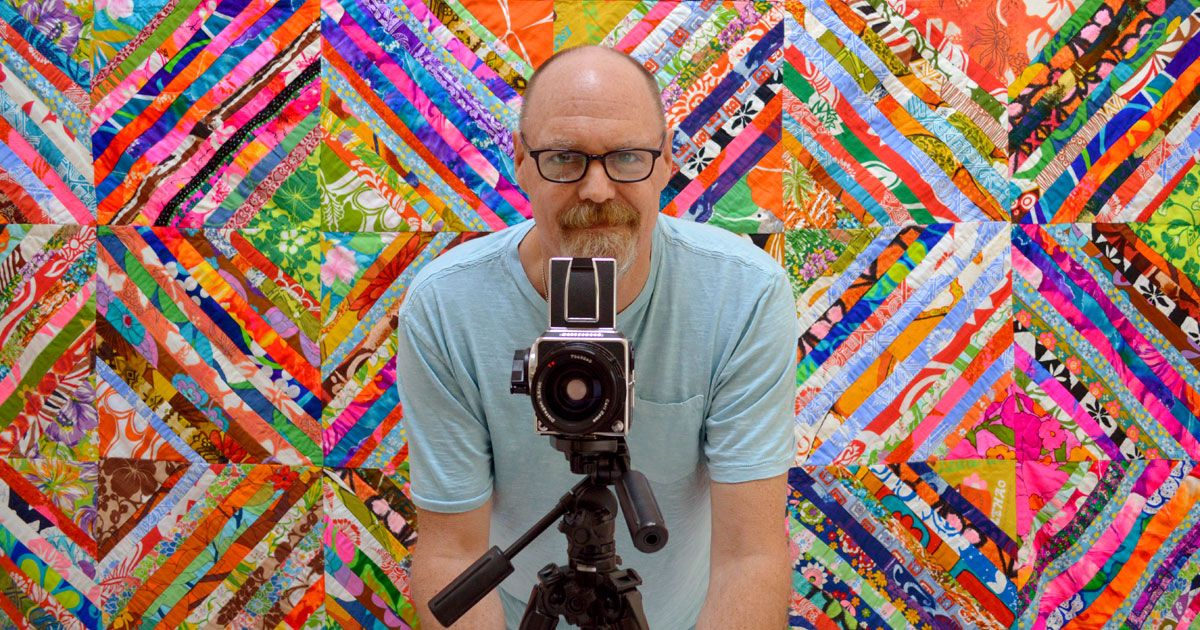

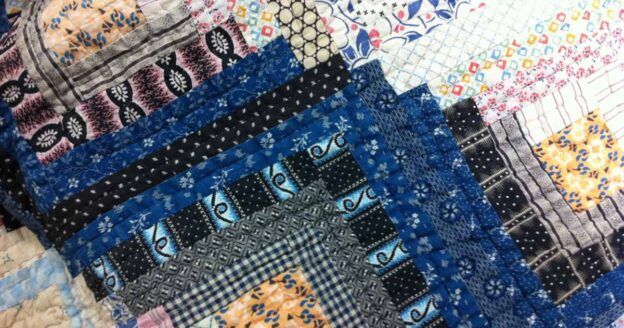
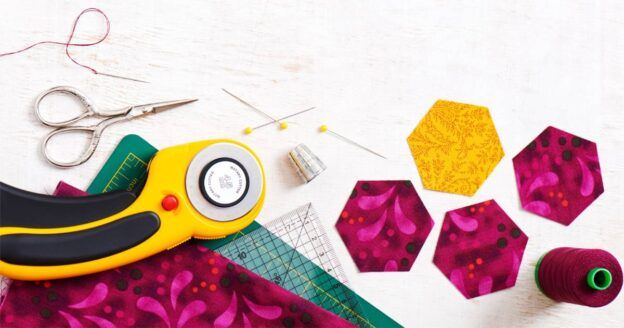

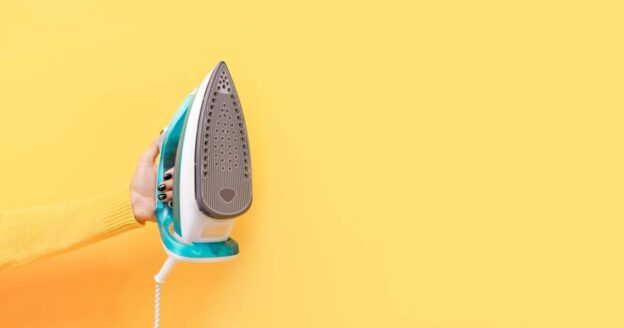

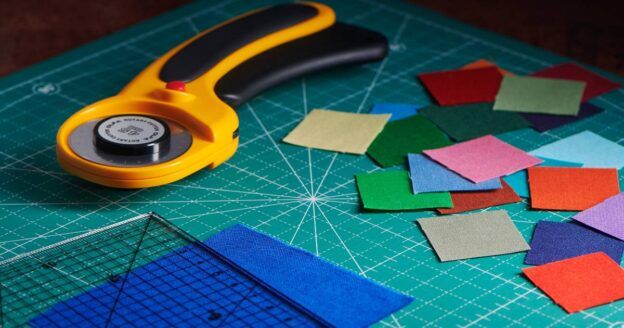
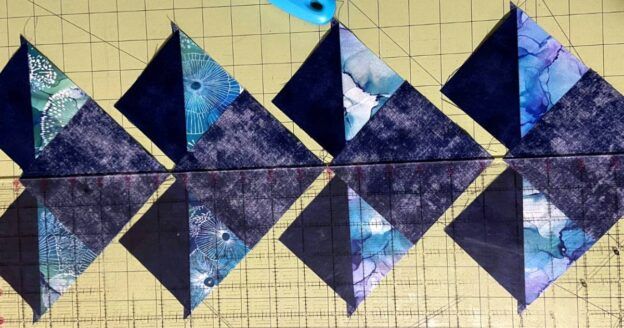
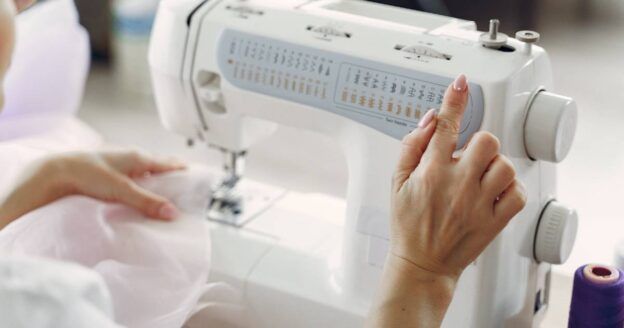
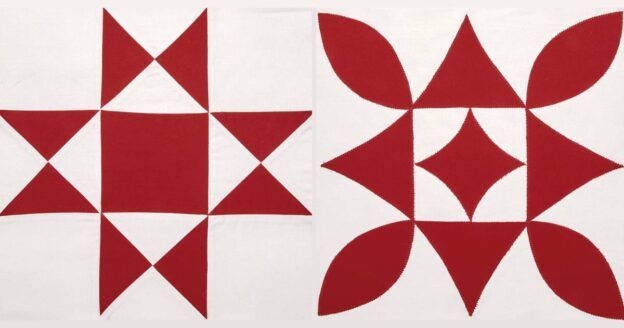

My magazine says come to this site for the instructions for the zipper pouch. I come to the site and it tells me the instructions are in the magazine. FRUSTRATING. Meanwhile, both site and magazine have instructions on how to make the fabric to use when making the zipper pouch. Please put the instructions for the zipper pouch SOMEWHERE. If you include “Phelan” , I can probably find it in a search.
Hi there, the zipper pouch instructions are available in the article linked below in the section titled “Longarm Envy.” Let us know if you have any further issues accessing the PDF!
https://www.quiltingdaily.com/quilting-arts-magazine-fall-2023-first-look/